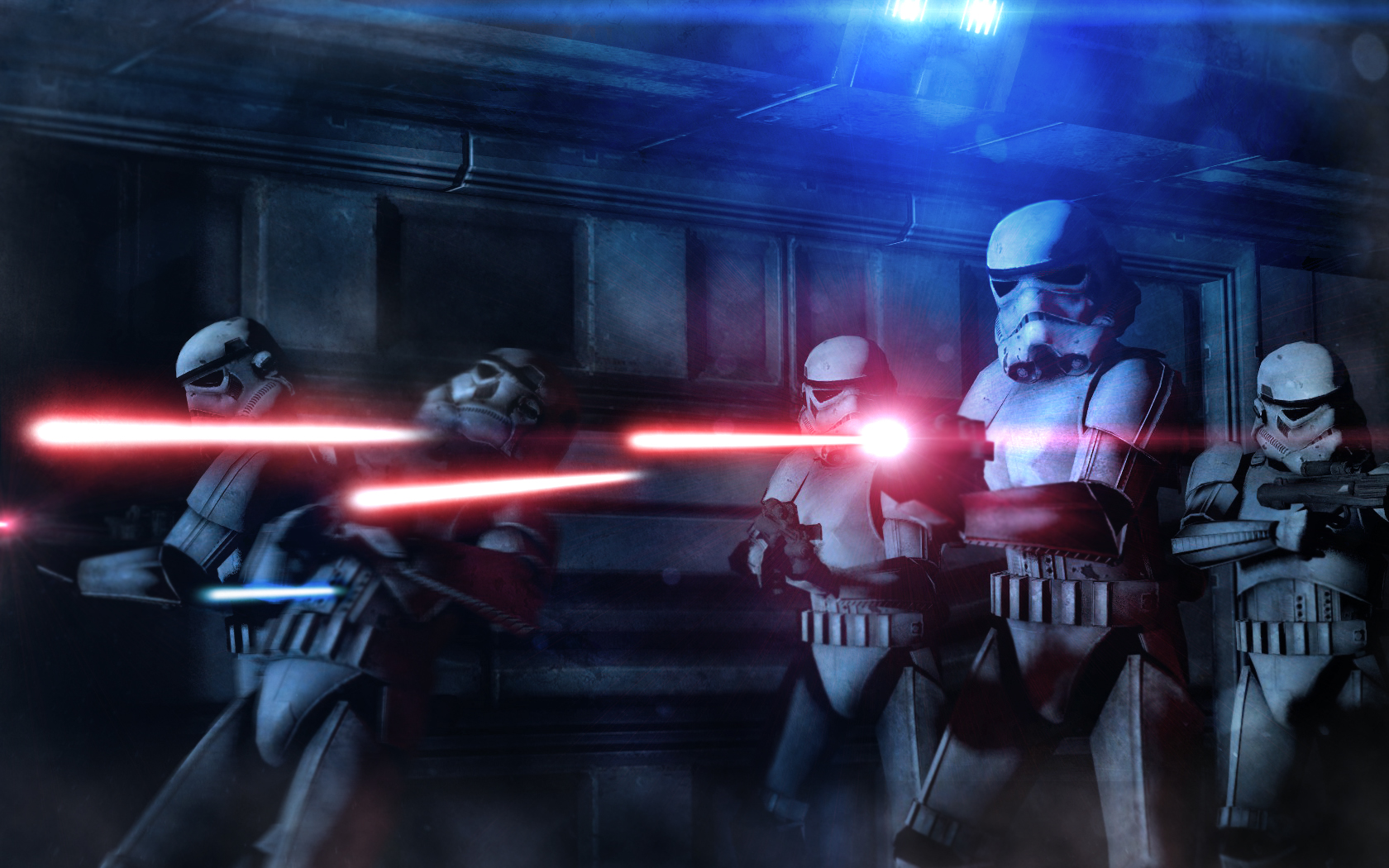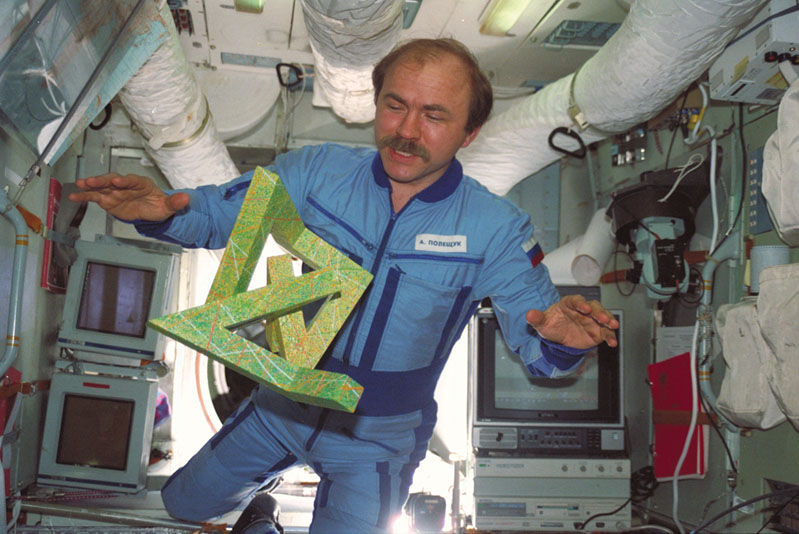Week 9: Space and Art
Art, specifically science fiction, has greatly influenced science. Many scientists
have grown up with science fiction and go on to try to recreate the
technologies they read or saw when they were younger.
One technology
that scientists have attempted to recreate is the blaster technology used in
Star Wars. These guns work by firing a laser at the target instead of using
metal bullets. A team of researchers at the University of Warsaw created a high
powered laser that could fire a laser pulse like these blasters. However, these lasers move at the speed of light and are not so easily visible like the lasers in the movies
Another
technology from science fiction that scientists are attempting to replicate is
the ability to teleport people and objects like in Star Trek. At team in the
Delft University of Technology in the Netherlands have recently announced that
they were able to transmit information quantum information between electrons
instantaneously and reliably (Statt). Shortly afterward the U.S. army reported it had
achieved the same thing (LaFrance). Although teleporting objects and people is still not
possible, the advances in quantum teleportation in a small way mirrors the
technology in Star Trek.
Although
there has been an abundance of science fiction set in space, the theme of space
in other artwork has not reached the same level of cultural impact. One such
work of art that attempts to address this deficit is the cosmic dancer. The
cosmic dancer is a sculpture that was taken into space so it can be observed
from different directions. This allows the viewer to appreciate the sculpture
without the limitation that gravity would normally place on the perspective of
the viewer (Woods).
In a similar manner, many other artists have used parabolic zero
gravity flights or chambers filled with liquid in order to work in a low
gravity environment (Forde). Space art and science has come full circle, with artists
who are inspired by scientists who were initially inspired science fiction.
Works
Cited
Forde,
Kathleen. "ART & ZERO GRAVITY." Dancing on the Ceiling.
N.p., n.d. Web. 31 May 2015. <zerogravity.empac.rpi.edu>.
LaFrance,
Adrienne. "The U.S. Army Says It Can Teleport Quantum Data Now, Too." The
Atlantic. Atlantic Media Company, 10 June 2014. Web. 31 May 2015. <http://www.theatlantic.com/technology/archive/2014/06/the-us-army-says-it-can-teleport-quantum-data-now-too/372545/>.
Star,
Michelle. "This Is What a 'Star Wars' Blaster Bolt Would Look like in Real
Life." CNET. N.p., n.d. Web. 31 May 2015. <http://www.cnet.com/news/this-is-what-a-star-wars-blaster-bolt-would-look-like-in-real-life/>.
Statt,
Nick. "Scientists Achieve Reliable Quantum Teleportation for First
Time." CNET. N.p., 29 May 2014. Web. 31 May 2015.
<http://www.cnet.com/news/scientists-achieve-reliable-quantum-teleportation-for-the-first-time/>.
Woods,
Arthur. "Cosmic Dancer." The Cosmic Dancer Project : Home :
Arthur Woods. N.p., n.d. Web. 31 May 2015.
<http://www.cosmicdancer.com/index.php>.



No comments:
Post a Comment